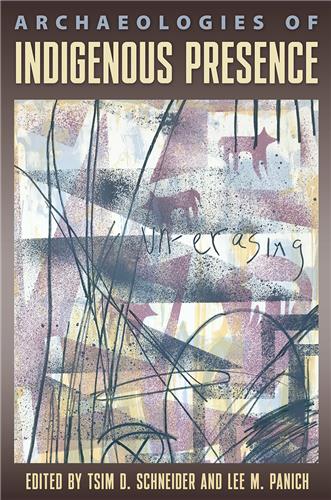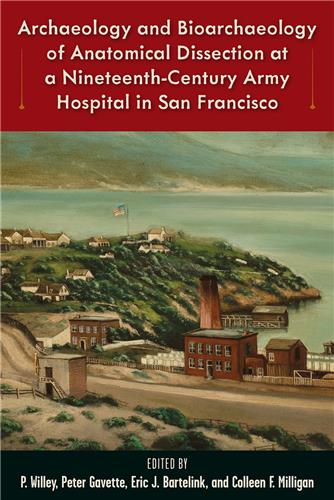In the first book about the archaeology of gender in native societies of southeastern North America, these lively essays reconstruct the different social roles and relationships adopted by women and men before and after the arrival of Europeans in the
Buy Books: browse by title
A - B - C - D - E - F - G - H - I - J - K - L - M - N - O - P - Q - R - S - T - U - V - W - X - Y - ZPlease note that while you may order forthcoming books at any time, they will not be available for shipment until shortly before publication date
Challenging narratives of Indigenous cultural loss and disappearance, this book highlights collaborative archaeological research and efforts to center the enduring histories of Native peoples in North America through case studies from several regions across the continent.
Archaeologists tend to rely on scientific methods to reconstruct past histories, an approach that can alienate local indigenous populations and limit the potential of archaeological research. Essays in this volume argue that listening to and learning from local and descendant communities is vital for interpreting the histories and heritage values of archaeological sites.
Caribbean plantations and the forces that shaped them--slavery, sugar, capitalism, and the tropical, sometimes deadly environment--have been studied extensively. This volume turns the focus to the places and times where the rules of the plantation system did not always apply, including the interstitial spaces that linked enslaved Africans with their neighbors at other plantations.
This volume uses historical, archaeological, and bioarchaeological analysis to study and understand a nineteenth-century medical waste pit discovered at the former Army hospital at Point San Jose in San Francisco.
This collection considers how humans have practiced mobility across several continents and thousands of years, raising questions about human adaptation and offering a diversity of approaches for measuring ancient mobility of small-scale societies.
This book reconstructs the history of Iximche, the capital of the Cakchiquel Maya in highland Guatemala, based on archaeological and ethnohistorical information.
Most research into humans' impact on the environment has focused on large-scale societies; a corollary assumption has been that small scale economies are sustainable and in harmony with nature. The contributors to this volume challenge this notion, revealing how such communities shaped their environment--and not always in a positive way.
This volume uses archaeological and historical evidence to reconstruct daily life at Betty’s Hope plantation on the island of Antigua, one of the largest sugar plantations in the Caribbean. It demonstrates the rich information that multidisciplinary studies can provide about the effects of sugarcane agriculture on the region and its people.
New to paperback, this story of Georgia’s Indians spans 12,000 years from elephant hunts to the European invasion. 149 b&w illustrations.











